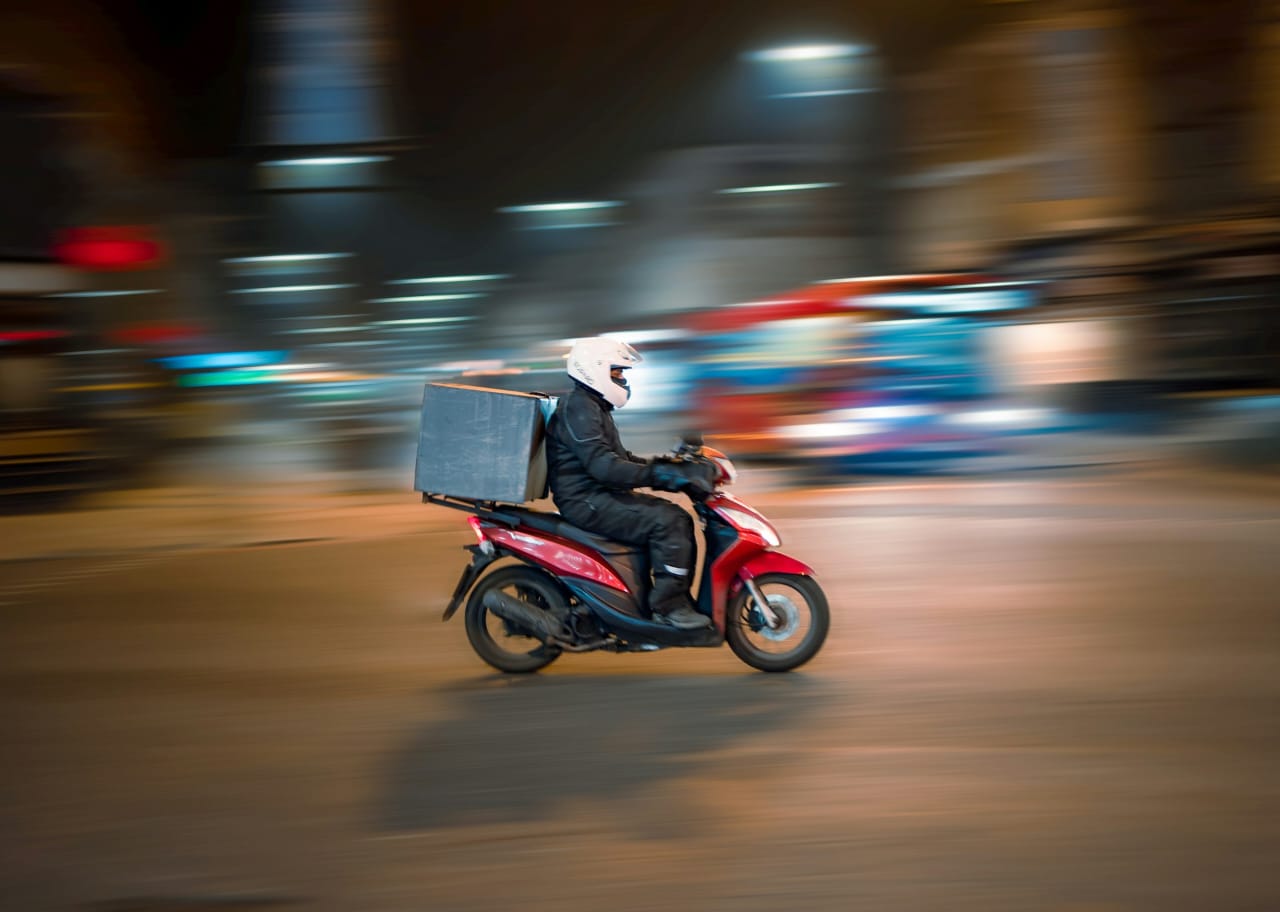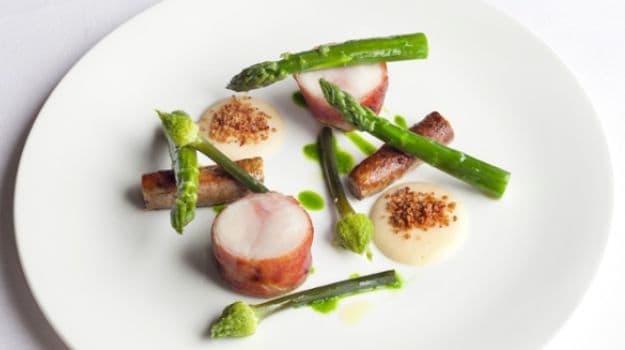Food that’s pointing in a particular direction is more appealing – which is why restaurants can charge you extra for itIn what must be food’s biggest contribution to science since Newton’s apple, a plate of pickled onions has given us new insight. Small, halved teardrop-shaped onions, to be precise, arranged on a puddle of tapioca, sugar cane vinegar, peanut and fermented cream. Charles Michel, a chef with a keen interest in food psychology, came across this dish by the Michelin-starred São Paulo-based chef Alberto Landgraf and considered how the pointy bits of the onions were intuitively positioned away from the diner. This, he thought, was interesting – according to other research, downward-pointing triangles are perceived as threatening. And nobody wants a scary pickled onion.
The research that followed, conducted by Michel and his colleagues from the Crossmodal Research Laboratory at Oxford University’s department of experimental psychology, appears to have found the best way to plate food. They conducted an experiment online, and another with more than 1,600 participants at the Science Museum in London, asking people to rank their preference of the dish pointing up, down, right or left; then they were asked the rotate the plate to their favoured orientation.
Of course, this depends on what is on the plate – pasta will look pretty much the same however you rotate it – but with food that has an obvious visual “point”, they found diners prefer it to be directed upwards, or away. Not only was this the most visually appealing, people also said they would be willing to pay more for it (they also said they would pay more if it was angled to the right, but not to the left). “Sometimes chefs plate [food] in the kitchen and waiters take the plates out and often the orientation is not the same as the chef had it,” says Michel. “When I get a dish of food in front of me, I tend to move it to one side or the other, trying to find the place where it looks more visually comfortable. We are really animals that are driven by vision.”

How food looks is perhaps more important than ever. “I’m sure some restaurants are preparing food now that is going to look good on Instagram,” says Adam Hyman, restaurant consultant and publisher of the CODE Bulletin. “I’m not saying chefs purely make their food for that purpose, but they’ll have it in mind.” There are vague rules for presentation, he says, pointing to the idea that chefs always use an odd number of food items on a plate. (He admits to being a plate-rotator – mainly if the restaurant uses plates with a name or logo and it’s not positioned at the top – but only when the waiter’s back is turned.)
But fashions in food plating make positioning tricky. Restaurants that insist on serving food on bits of slate, tiles or worse (the Twitter feed @WeWantPlates has the full horror) make it even harder for the hungry aesthete. What if the bacteria-ridden wooden plank is centred nicely in front of you, but the food on it is arranged in a challenging way? Which takes priority? Even white plates aren’t foolproof; Hyman has noticed a trend for large plates, with the food positioned off-centre and confined to a small area. “But if it’s on a plate,” he says, “that’s a big plus.”Warning: you may have to rotate this plate to get the most out of the food on it. Photograph: Sophia Evans for the Guardian 











